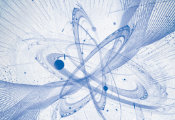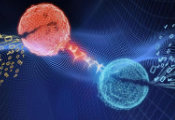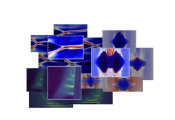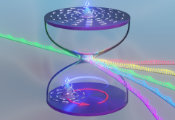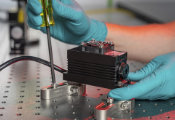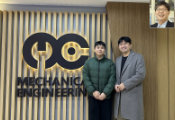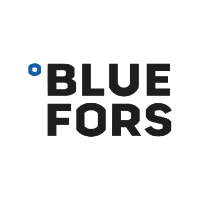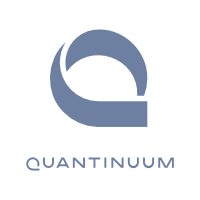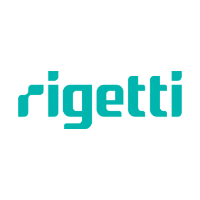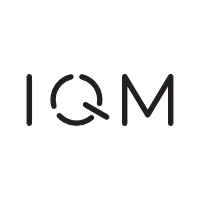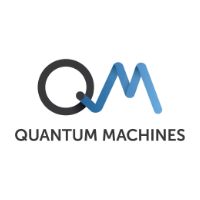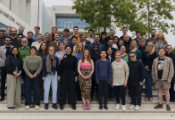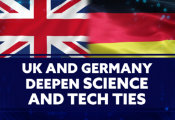UMD-Led Team Wins Major NSF Grant to Pioneer “High-Entropy” Quantum Materials
September 19, 2025 -- A University of Maryland–led research team has been awarded a highly competitive grant from the National Science Foundation’s Designing Materials to Revolutionize and Engineer our Future (DMREF) program to launch a bold new frontier in quantum materials science: High-Entropy Quantum Materials.
The $2 million, four-year award brings together scientists from UMD, the University of British Columbia (UBC), the University of North Texas (UNT), and national labs including NIST and the National High Magnetic Field Laboratory. Their mission is to harness “configurational entropy”—the mixing of multiple elements in a single crystal structure—to discover and control new forms of magnetism, superconductivity, and topological states of matter.
"Traditionally, materials scientists try to eliminate disorder when making new compounds,” said Johnpierre Paglione, UMD physics professor and director of the Maryland Quantum Materials Center, who is leading the project. “We’re flipping that idea around—embracing disorder as a way to stabilize entirely new phases of matter."
High-entropy materials, first discovered in metallic alloys, contain five or more elements randomly distributed across a lattice site. This chemical “chaos” can give rise to surprising stability and novel properties. The UMD-UBC team aims to extend this concept into the quantum realm, coining a new class: High-Entropy Quantum Materials.
“As a chemist, I’m excited by the chance to explore how we can use entropy as a new design principle for building quantum materials,” said co-lead Efrain Rodriguez, UMD professor of chemistry and biochemistry and co-lead on the project. “By mixing multiple elements into a single structure, we’re creating an almost limitless playground for discovering unexpected electronic and magnetic behaviors. It’s a fundamentally new way to think about how chemistry can drive quantum science forward.”
The project will integrate theory, machine learning, and high-throughput synthesis to rapidly identify promising compounds, guided by the AFLOW computational platform and sped up by the use of combinatorial thin-film libraries. “This award allows us to couple cutting-edge computation with rapid experimentation, giving us a chance to accelerate discovery on an unprecedented scale,” said Ichiro Takeuchi, UMD materials scientist and co-lead on the project.
Beyond research, the team will contribute to quantum workforce development by expanding UMD’s Quantum Materials Winter School and Machine Learning for Materials Boot Camp, training the next generation of scientists in synthesis, computation, and quantum technologies.
The collaboration also includes building a public data repository in collaboration with the NSF-funded UC Santa Barbara Quantum Foundry to share results with the broader scientific community, amplifying the project’s impact through the Materials Genome Initiative.
“With this effort, we’re opening a whole new landscape for discovery,” said Paglione. “High-entropy quantum materials could unlock fundamental properties and quantum technologies we haven’t even imagined yet—we are excited to launch this new field of research.”

